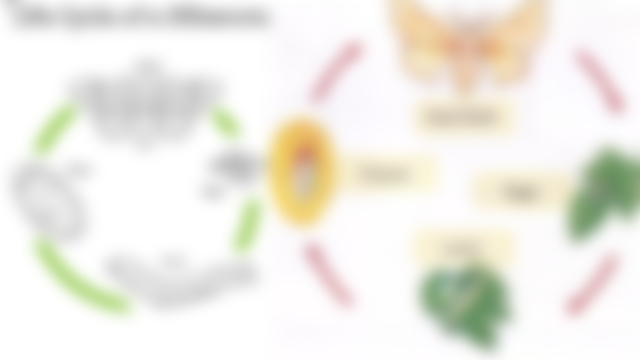Life Cycle of Silkworm | Silkworm All Four Stages
The life cycle of the silkworm begins with a cocoon. The cocoon is a tight, protective sheath that the silkworm constructs from its own secretions. The silkworm pupae undergo four stages: the larva, the puppa, the imago, and the adult. The larva is a small, white, worm-like creature that lives in the soil. The pupa is a small, white, chrysalis-like creature that resides within the cocoon. The imago is the adult silkworm. The silkworm produces silk from its body and it uses this silk to make cocoons, to line the innards.

The life cycle of silkworm is going with four stages egg, larva, puppa and moth. These four stages is very important. first egg last stage have 9-10 days. larva stage give 24 to 28 days. pupal stage when come it gives 8 to 10. And in last moth stages will take 3 to 4 days.
Egg:
In the wild, the eggs of the silkworm are carried by the wind. Once hatched, the larvae wander around for a while until they find a cocoon. They eat the inside of the cocoon, and then spin a new one. Once they have spun the new cocoon, they crawl inside and wait until they hatch into adult silkworms. The eggs are only in cold place. when your eggs hatch you can controll it, eggs production in the silkworm is a complex process that involves a number of different stages. The eggs are produced in the ovaries and take about 10 days to mature. Once the eggs are mature, they are transferred to the silkworm gland where they are spun into silkworm. after the adult moths emerge eggs are laid soon and also you can know that the female moth places is always below the beneath of the plants.
Larva:
The life cycle of the larva in the silkworm is a complex process that begins with the egg. The silkworm eggs are deposited in the cocoon and then the larva hatches. The larva feeds on the silkworm eggs and the silkworm larva. The larva then spins a cocoon around itself and finally the adult silkworm emerges. This time moth is also help in this life cycle. Larva silkworm are the caterpillars of the silk moth. They are about 1 inch long when fully grown, with a green body and a reddish-brown head. They eat leaves and spin silkworm from the leaves’ cells. Larva moths are a type of moth that lives in the larval stage. During this stage, the larva eats plant material. The larva then changes into a pupa. The pupa then changes into an adult moth.
Pupa:
It and moths have a short life cycle that lasts about two weeks. During this time, they go through four different stages: the larva, the Puppa, the imago, and the adult. It and moths are interesting creatures because they go through a transformation from a caterpillar into a moth. The process of becoming a puupa is called metamorphosis. Pupa moths have a hard outer shell that they use to protect them while they are dormant. female pupa is also used in this. life cycle is also working for this. The life cycle of a Silkworm starts with a female silkworm laying eggs. These eggs hatch into minute silkworm larvae. The larvae then eat a diet of mulberry leaves and drink a silkworm secretion until they reach the adult stage. The adult Silkworm has a long body with a smooth surface. It has a pair of wings and a long, thin, sticky tongue. The silkworm lays eggs once again and the cycle starts all over again.
Moth:
Moths are some of the most common and recognizable insects in the world. There are over 1,000 different moth species, and they range in size from the smallest moths, which are only a few millimeters long, to the largest moths, which can reach up to two inches in length. Moths are classified according to the type of food they eat. The most common types of moths are the Lepidoptera, which are known as “butterfly” moth because of the beautiful wings they possess. There are over 1,500 different species of butterfly, and many of them are found in North America. The moths are use for some common variety. The moth Silkworm, Bombyx mori, is the larval form of a moth. It is a small, brown and white moth, that feeds on the leaves of trees. The moth silkworm is the key to producing silk, the strongest fiber in the world. The silkworm is a domesticated animal and is used to produce silk products, such as fabrics and carpets.
Eggs 10-25 days
Lava and worms 20-33 days
Pupa 10-14 days
Moth 5-10 days
Thank you for reading.
